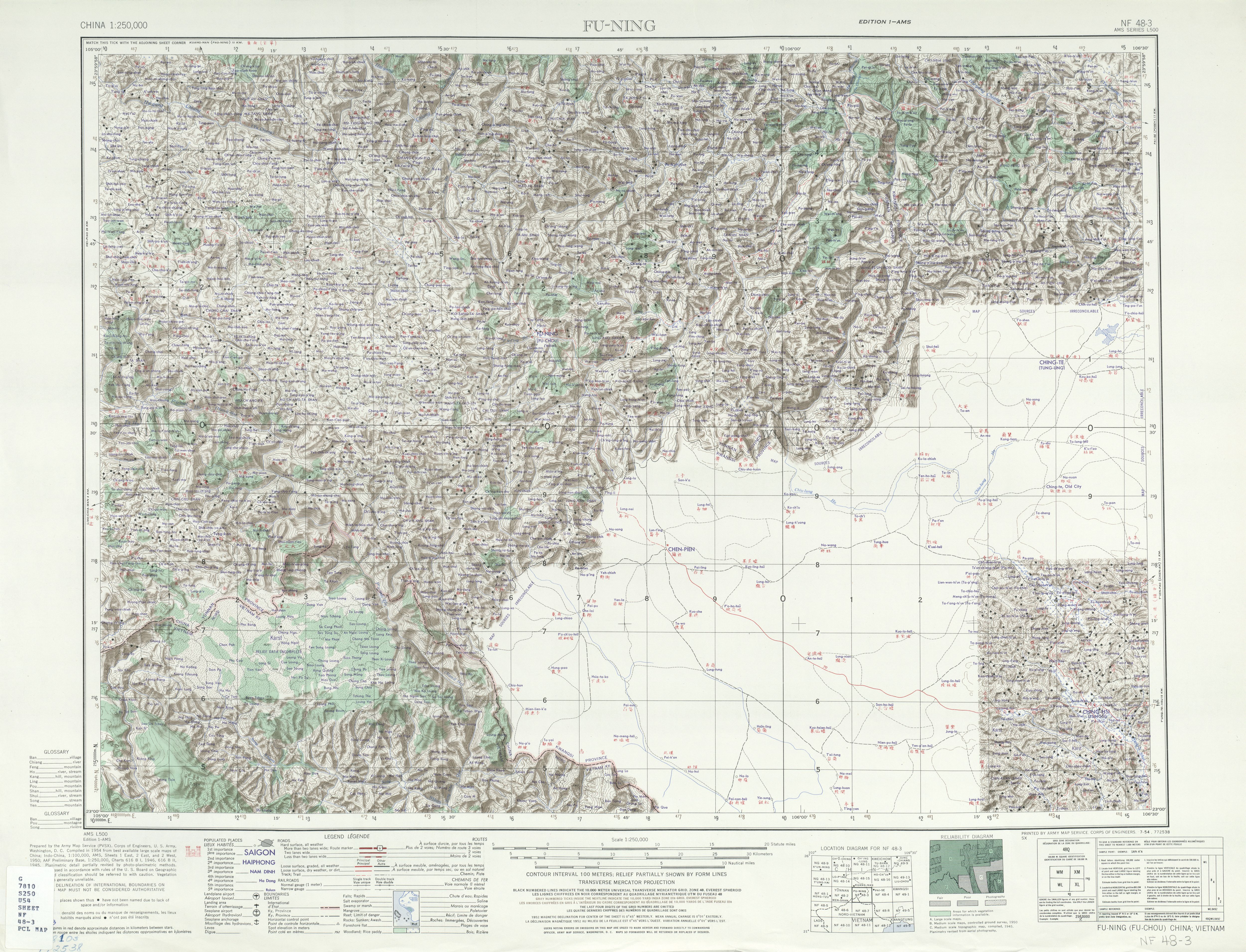|
Manga Language (Sino-Tibetan)
Manga (autonym: ') is a Lolo-Burmese language spoken by the Yi people of China. It is spoken in Gedang Village ć Ľĺ˝“ćť‘, Xinhua Township 新华乡, Funing County, Yunnan Funing County (; Zhuang language: ) is located in Wenshan Zhuang and Miao Autonomous Prefecture, in the east of Yunnan province, China. It is the easternmost county-level division of Yunnan, bordering Guangxi to the north, east and southeast, and ... (Lama 2012). References *Hsiu, Andrew. 2014.Mondzish: a new subgroup of Lolo-Burmese. In ''Proceedings of the 14th International Symposium on Chinese Languages and Linguistics (IsCLL-14)''. Taipei: Academia Sinica. *Lama, Ziwo Qiu-Fuyuan (2012), ''Subgrouping of Nisoic (Yi) Languages'', thesis, University of Texas at Arlingtonarchived Mondzish languages Languages of Yunnan {{SinoTibetan-lang-stub ... [...More Info...] [...Related Items...] OR: [Wikipedia] [Google] [Baidu] |
Yi People
The Yi or Nuosu people,; zh, c=彝族, p=YĂzĂş, l=Yi ethnicity historically known as the Lolo,; vi, LĂ´ LĂ´; th, โล-โล, Lo-Lo are an ethnic group An ethnic group or an ethnicity is a grouping of people who identify with each other on the basis of shared attributes that distinguish them from other groups. Those attributes can include common sets of traditions, ancestry, language, history, ... in China, Vietnam, and Thailand. Numbering nine million people, they are the seventh largest of the 55 Ethnic minorities in China, ethnic minority groups officially recognized by the People's Republic of China. They live primarily in rural areas of Sichuan, Yunnan, Guizhou, and Guangxi, usually in mountainous regions. The Liangshan Yi Autonomous Prefecture is home to the largest population of Yi people within mainland China, with two million Yi people in the region. For other countries, as of 1999, there were 3,300 Mantsi language, Mantsi-speaking LĂ´ LĂ´ people living in ... [...More Info...] [...Related Items...] OR: [Wikipedia] [Google] [Baidu] |
Lolo-Burmese Languages
The Lolo-Burmese languages (also Burmic languages) of Burma and Southern China form a coherent branch of the Sino-Tibetan family. Names Until ca. 1950, the endonym ''Lolo'' was written with derogatory characters in Chinese, and for this reason has sometimes been avoided. Shafer (1966–1974) used the term "Burmic" for the Lolo-Burmese languages. The Chinese term is ''Mian–Yi'', after the Chinese name for Burmese and one of several words for Tai, reassigned to replace ''Lolo'' by the Chinese government after 1950. Possible languages The position of Naxi (Moso) within the family is unclear, and it is often left as a third branch besides Loloish and Burmish. Lama (2012) considers it to be a branch of Loloish, while Guillaume Jacques has suggested that it is a Qiangic language. The Pyu language that preceded Burmese in Burma is sometimes linked to the Lolo-Burmese family, but there is no good evidence for any particular classification, and it is best left unclassified withi ... [...More Info...] [...Related Items...] OR: [Wikipedia] [Google] [Baidu] |
Mondzish Languages
Mondzish (Mangish) is a small group of languages that constitute the most divergent branch of the Lolo–Burmese languages in the classification of Lama (2012). The Mondzish languages are spoken in Funing, Guangnan, Malipo, and Napo counties of China and Hà Giang and Cao Bang provinces of northern Vietnam. The autonyms of Mondzishspeaking peoples often begins with *man-. Lama (2012) considers *man- to be cognate with Mán (蛮), which is an ancient Chinese exonym for non-Chinese peoples to the south. Mondzish languages are spoken in Wenshan Prefecture, Yunnan, China and across the border in Hà Giang Province, Vietnam. According to Hsiu (2014), Kathu is related. Classification Hsiu (2014:73) classifies the Mondzish languages as follows. Additional languages from Hsiu (2017) are also included. *Kathu (Thou) *''Nuclear Mondzish'' (''Nuclear Mangish'') ** Muangphe **Mango, Manga ** Maang (also known as Mo'ang, Meang) ** Mondzi or Mantsi (also known as Lô Lô by the Vietnamese) ... [...More Info...] [...Related Items...] OR: [Wikipedia] [Google] [Baidu] |
Exonym And Endonym
An endonym (from Greek: , 'inner' + , 'name'; also known as autonym) is a common, ''native'' name for a geographical place, group of people, individual person, language or dialect, meaning that it is used inside that particular place, group, or linguistic community in question; it is their self-designated name for themselves, their homeland, or their language. An exonym (from Greek: , 'outer' + , 'name'; also known as xenonym) is an established, ''non-native'' name for a geographical place, group of people, individual person, language or dialect, meaning that it is used only outside that particular place, group, or linguistic community. Exonyms exist not only for historico-geographical reasons but also in consideration of difficulties when pronouncing foreign words. For instance, is the endonym for the country that is also known by the exonym ''Germany'' in English, in Spanish and in French. Naming and etymology The terms ''autonym'', ''endonym'', ''exonym'' and '' ... [...More Info...] [...Related Items...] OR: [Wikipedia] [Google] [Baidu] |
Funing County, Yunnan
Funing County (; Zhuang language: ) is located in Wenshan Zhuang and Miao Autonomous Prefecture, in the east of Yunnan province, China. It is the easternmost county-level division of Yunnan, bordering Guangxi to the north, east and southeast, and Vietnam's HĂ Giang Province to the south. Administrative divisions In the present, Funing County has 6 towns, 6 townships and 1 ethnic township. ;6 towns ;6 townships ;1 ethnic township * Dongbo Yao () Ethnic groups Ethnic groups of Funing County include the following. Population statistics are from 1990, and are sourced from the ''Funing County Ethnic Gazetteer'' (1998). *Han Chinese (84,337 people) *Zhuang people (199,784 people, including the Buyang) ** Min ZhuangJohnson, Eric C. 2011.A Lexical and Phonological Comparison of the Central Taic Languages of Wenshan Prefecture, China: Getting More Out of Language Survey Wordlists Than Just Lexical Similarity Percentages. SIL Electronic Working Papers 2011-005: 170. ** Dai Zhuang (" ... [...More Info...] [...Related Items...] OR: [Wikipedia] [Google] [Baidu] |

.jpg)
